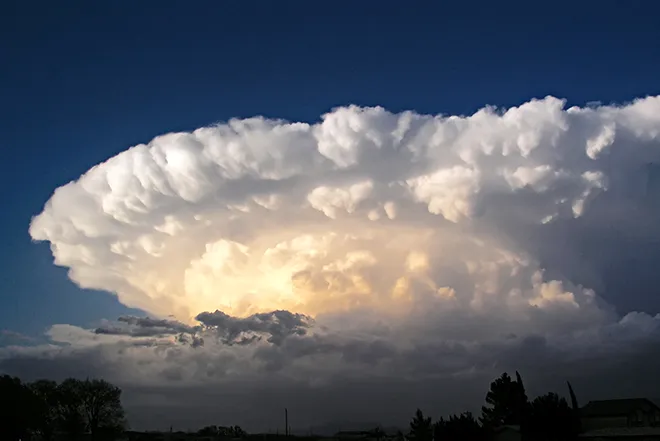
Arizona continues torrid population growth fueled by migration from other states
(The Center Square) – Arizona continues to offer asylum to residents fleeing other locales at a pace only matched by a few other states.
In the last population estimate before the decennial count, the U.S. Census said Arizona gained around 129,558 residents on net in the 12 months ending on July 1, 2020.
The population estimate represents a snapshot of population as of the middle of the year, which is affected by births, deaths, immigration, and state-to-state migration, respectively. It doesn't represent the annual nonresident migration of "snowbirds" who flock to the state each fall, boosting the state's economy before leaving in the spring once temperatures begin to creep toward triple digits.
Only Texas and Florida surpassed Arizona in terms of annual population growth. They grew by 373,965 and 241,256 residents, respectively.
Nearby California, a popular origin of many new Arizonans, lost an estimated 69,532 residents last year. Since 2010, the Golden State has gained 2.1 million net residents. Other states continuing their downward slide in population include New York, which led the nation in losses at 126,355. Illinois, one of the few that has seen consecutive years of population loss, saw its population shrink by 79,487.
The trend of population losses and gains has trended away from Northeast states to Southern regions known as the Sunbelt, not only for the pleasant climate but also for low-tax environments. Many predict this trend to accelerate in the coming year as the pandemic moves more of the workforce out of corporate properties and into home offices untethered to potentially expensive locales. California, New York, and Illinois three of the nation’s most highly taxed states, are three of the most prominent donors of population to others.
The estimate is the final count before the decennial Census numbers are submitted to the president and Congress for certification. Once complete, individual states will use the data to re-sort their legislative boundaries in a process called reapportionment. Since the U.S. House of Representatives is arranged based on population, states gaining population could gain a new member in the chamber. In contrast, states that have shed residents could be notified that they’re to rearrange their boundaries with fewer representatives in Washington.
Due to its population gains, Arizona is estimated to earn one new member of Congress. An estimate by Election Data Services predicts that Texas will get three new seats.















